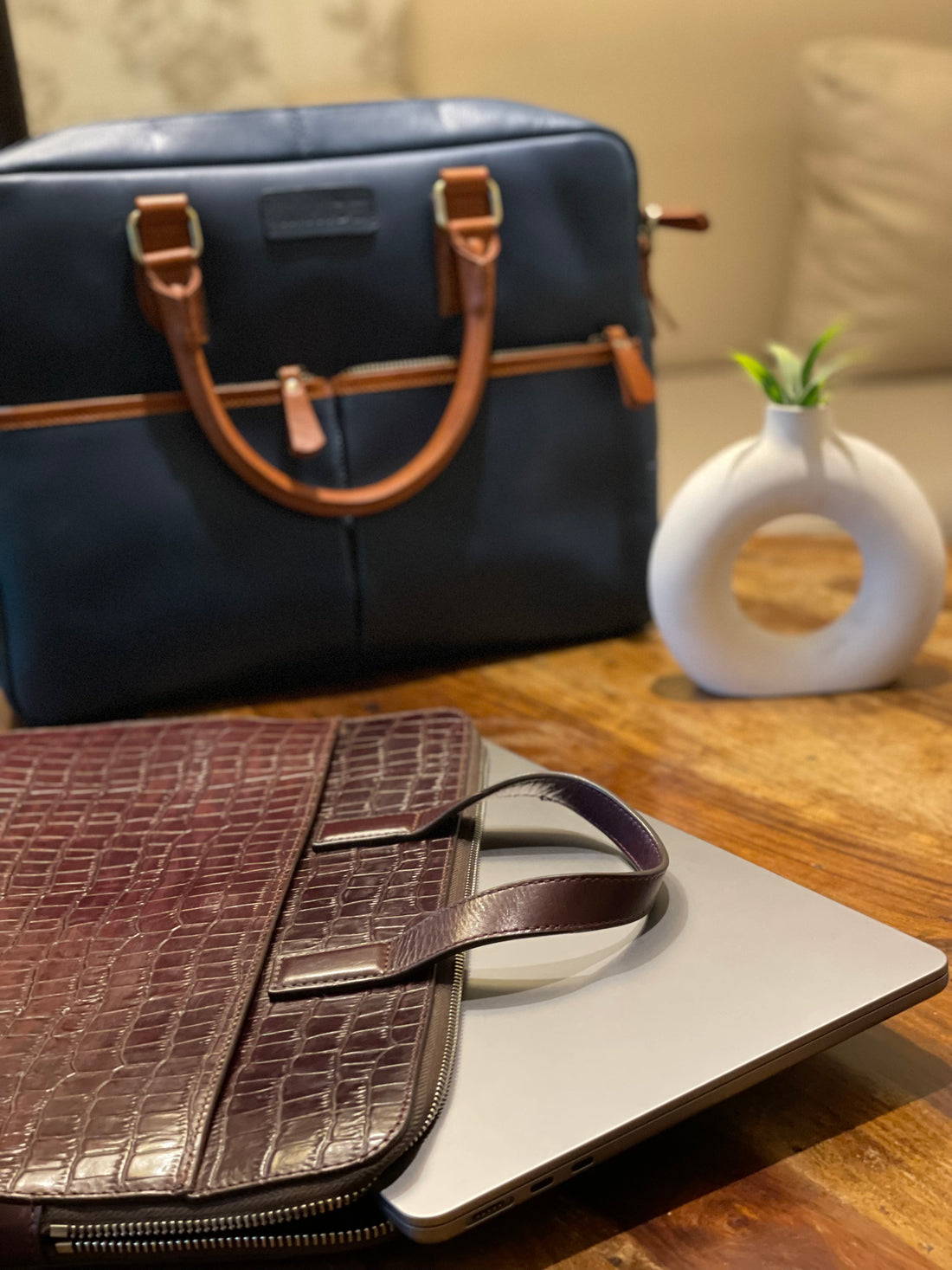
The Leather Industry: Tradition, Innovation, and Sustainability
Share
The Leather Industry: Tradition, Innovation, and Sustainability
The leather industry has long been a cornerstone of fashion, craftsmanship, and functionality. From the earliest days of human civilization to the high-fashion runways of today, leather has been prized for its durability, aesthetic appeal, and versatility. As we move deeper into the 21st century, the leather industry is navigating a complex landscape of tradition, innovation, and sustainability. This blog explores the key aspects of the leather industry, including its rich history, modern advancements, and the pressing need for sustainable practices.
A Brief History of Leather
Leather production dates back thousands of years. Early humans discovered that animal hides could be preserved and used for clothing, shelter, and tools. Ancient civilizations like the Egyptians, Greeks, and Romans developed sophisticated tanning techniques, using natural substances like plant extracts and animal fats to treat hides.
During the Middle Ages, leather was a symbol of both status and utility. In Europe, it was used for everything from armor to everyday clothing. The Industrial Revolution brought mechanization to leather production, leading to increased accessibility and mass production. Today, leather remains a symbol of luxury and durability, found in everything from high-end fashion to everyday accessories.
Modern Innovations in Leather Production
The leather industry has evolved significantly over the years, particularly in the areas of technology and design. Modern innovations have improved both the quality of leather and the efficiency of its production.
- Advanced Tanning Techniques: Traditional tanning methods, such as those using vegetable tannins, are still in use, but modern techniques have introduced new chemicals and processes. Chrome tanning, for example, is a faster method that produces more pliable leather, though it raises environmental concerns. Recent advancements aim to balance efficiency with environmental impact.
- Eco-Friendly Alternatives: As sustainability becomes a central concern, the leather industry is exploring alternatives. Synthetic leathers, made from materials like polyurethane (PU) and polyvinyl chloride (PVC), offer similar aesthetics without using animal hides. More recently, bio-fabricated leathers, produced from fungal mycelium or lab-grown cells, represent an exciting frontier.
- Smart Leather: Technology is also making its way into leather products. Researchers are developing “smart” leather that integrates sensors or flexible electronics. This innovation could lead to new functionalities in fashion and wearables, merging style with technology.
Sustainability Challenges and Solutions
The leather industry faces significant sustainability challenges, primarily related to environmental impact and animal welfare. Traditional leather production involves chemicals that can be harmful if not managed properly, and the process itself requires considerable water and energy.
- Reducing Chemical Use: Efforts are underway to reduce the use of harmful chemicals in tanning. Vegetable tanning and other natural methods are gaining popularity for their lower environmental footprint. Additionally, companies are investing in closed-loop systems that recycle water and chemicals, minimizing waste.
- Ethical Sourcing: The industry is also focusing on improving animal welfare. Many brands are committing to sourcing leather from suppliers who adhere to ethical practices, including humane treatment of animals and transparency in sourcing.
- Recycling and Circular Economy: Recycling leather and adopting a circular economy approach are becoming more prevalent. This includes repurposing old leather goods, using leather scraps, and designing products for longevity and recyclability.
- Certification and Standards: Certifications such as the Leather Working Group (LWG) audit offer a way for companies to demonstrate their commitment to sustainable practices. These standards help consumers make informed choices and encourage brands to adopt greener practices.
The Future of Leather
Looking ahead, the leather industry is poised for transformation. The push for sustainability is driving innovation, leading to new materials and processes that align with environmental and ethical standards. At the same time, the traditional craftsmanship and allure of leather continue to captivate consumers, ensuring its place in both fashion and functionality.
As we embrace new technologies and sustainable practices, the leather industry will need to balance innovation with its rich heritage. By prioritizing environmental responsibility and ethical practices, the leather industry can continue to thrive while meeting the demands of a more conscientious market.
In conclusion, the leather industry stands at a crossroads, where tradition meets transformation. By addressing sustainability challenges and embracing new technologies, Industry can ensure its continued relevance and success in a rapidly changing world. Whether you're a fashion enthusiast, a sustainability advocate, or simply curious about the evolution of materials, the journey of leather is a fascinating and ongoing story.

